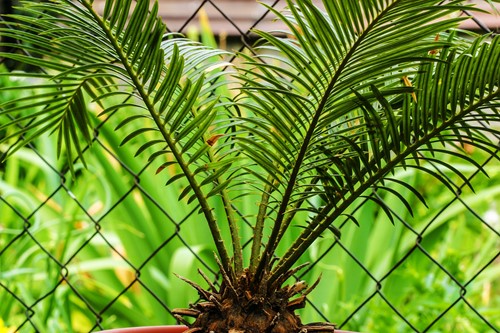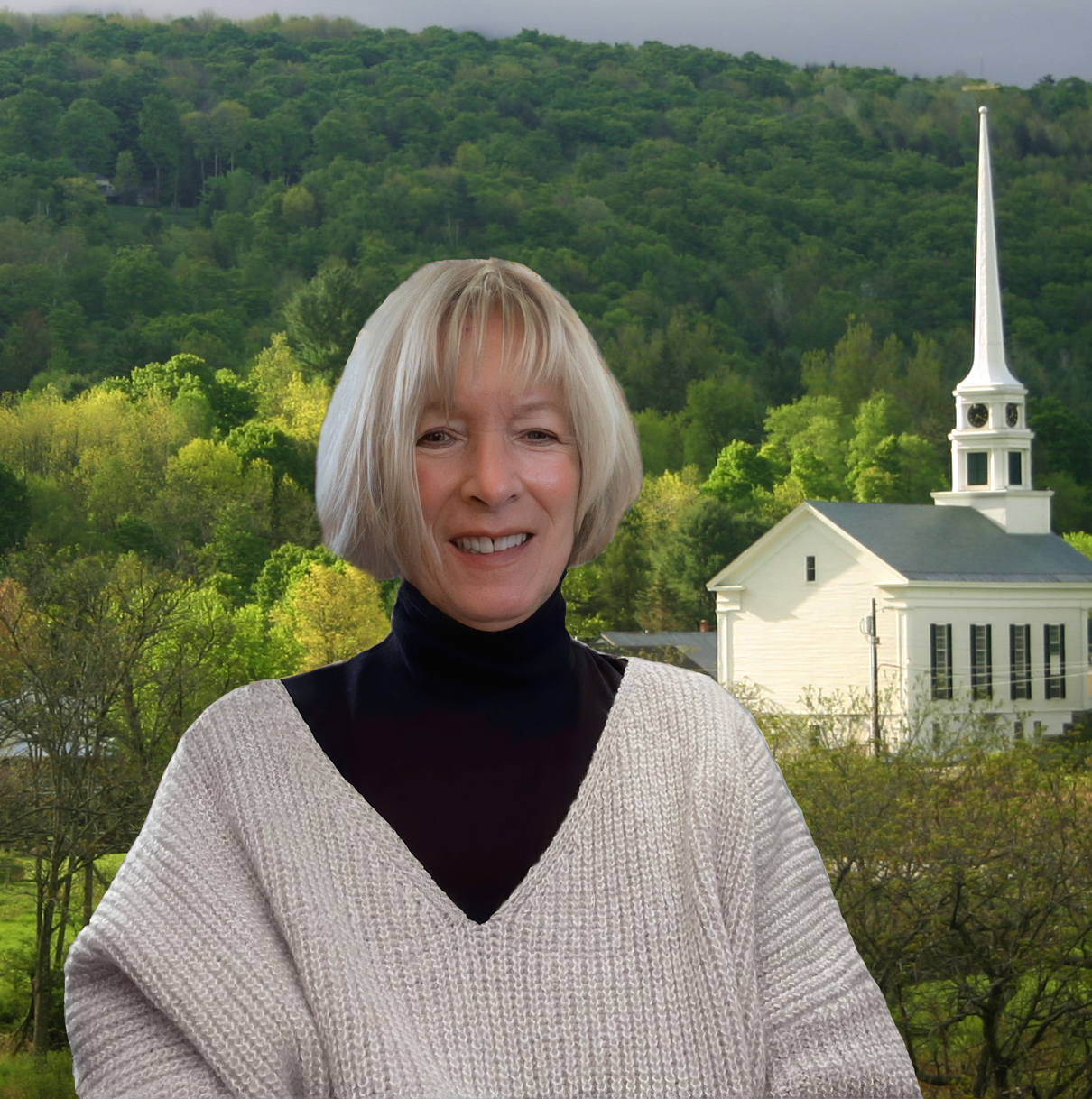Email: [email protected]

Sago palms are a wishlist item for many plant collectors. Native to the warm regions of Japan and China, these striking plants can grow large indoors with the right care routine. If you're thinking about adding a sago palm to your indoor jungle, here are some facts you should know:
Sago palms do best in bright but indirect light. Direct sunlight can cause the foliage to burn or wilt, so either using a sheer curtain or avoiding the hot afternoon sun is best. Opt for a bright East, West or South-facing window for the ideal lighting environment. In warm weather, you can move the plant outdoors to a partially shaded area like a porch or patio.
Sago palms thrive in warm, humid conditions. They cannot survive in the cold: frost will damage the leaves and temperatures below freezing will likely kill the plant entirely. When you grow a sago palm indoors, try to protect it from cold drafts and airflow from windows or air conditioning units. The more regular you can keep the temperature, the healthier the plant will be.
Sago palms love humidity, so consider a portable humidifier or pebble tray to increase the ambient moisture around the plant. Clustering plants closely together is another way to maintain a higher humidity, but keeping them away from direct sun and drying air vents should be enough to keep them comfortable.
One of the most important things to know about sago palms is their toxicity. When ingested, any part of the plant is highly toxic to humans and animals. If you have pets at home, keep your sago palm well away from them to avoid risk of illness or death. Luckily, these plants are slow growers and fit well on tables or tall plant stands out of reach.
Is a sago palm right for you? Consider these key facts if you're thinking about adding this plant to your collection.

Teresa's beginnings were at Fort Belvoir, Virginia. She was child #5 of 8 and born into an Air Force family that moved all over the United States but usually ended up back in the Washington, D.C. area. Teresa attended Miami University in Oxford, Ohio and received her bachelor's degree in business from George Mason University, in Fairfax, Virginia. Some of her prior careers include: computer buyer in Fairfax, Virginia; Deputy Clerk at the U.S. District Court in Denver, Colorado; Police Officer in Steamboat Springs, Colorado; and Bed & Breakfast owner in Stowe, Vermont. Teresa obtained her license as a Realtor® in 1998. She has been through many ups and downs in this profession and continues to learn every day. She very much enjoys the real estate profession and the wonderful people she has met and assisted along the way. In order to serve her clients and customers, Teresa continually attends classes and seminars. Some of her Designations and Certifications include:
Teresa has also served and continues to serve on several boards:
In 2007, Teresa was named Vermont Realtor of the Year.Teresa and her husband, a local attorney, moved to Stowe in 1987. They had two sons and Stowe has been their home for the past 36 years. She still feels the Stowe area is a wonderful place to raise a family, there's always something going on. Teresa can often be found behind the lens of her camera documenting the beauty of the area and its many events.As an update, Teresa's older son is now a Doctor/resident at the University of New Mexico's Emergency Management Program. Her younger son graduated from James Mason University and currently resides in Chicago, IL as a supervisor for OKTA.